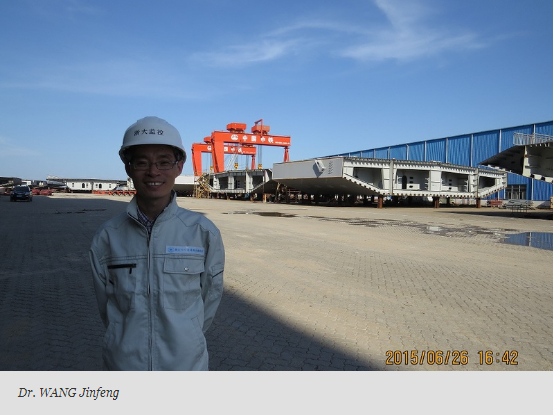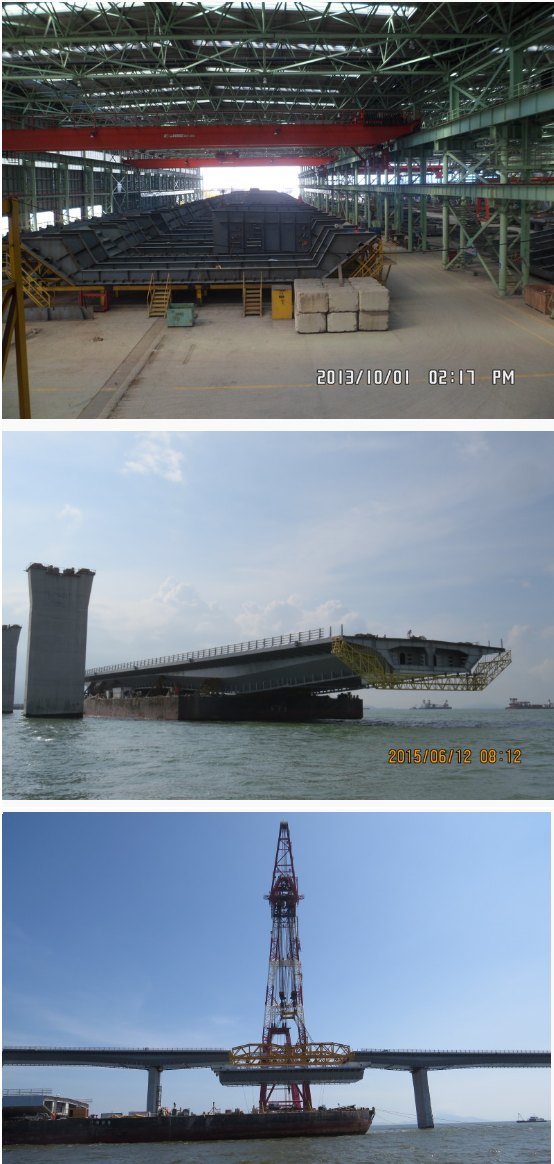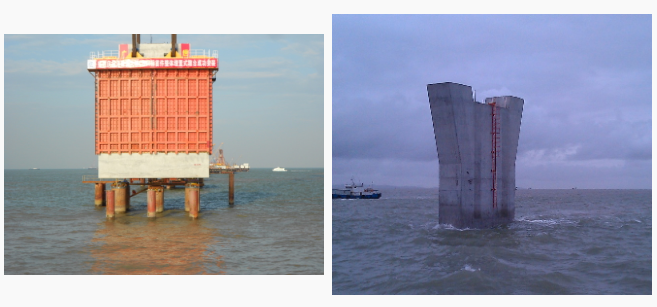ZJU's contribution to the world's longest sea-crossing bridge
2018-10-24 |hufei
TheHong Kong-Zhuhai-Macau Bridge, the world's longest sea-crossing bridge, wasopen to traffic on Oct. 23. The bridge spans the waters of the Pearl RiverEstuary and cuts the travel time between Hong Kong, Zhuhai and Macau from threehours to 30 minutes.
Thebridge, crowned as a modern Wonder of the World, carries more than 400 originalpatents and sets seven world records. When people marvel at this engineeringwizardry, they may not know that the Institute of Transportation Engineering inthe College of Civil Engineering and Architecture, Zhejiang University, alsocontributed to the construction of the Hong Kong-Zhuhai-Macau Bridge.
Infact, the Institute of Transportation Engineering undertook key work in theconstruction of the bridge. The ZJU team, headed by WANGJinfeng, worked assiduously even in nasty conditions. They resolvedmany technological problems and thus provided massive technological support forthe construction of the bridge.

TheHong Kong-Zhuhai-Macau Bridge has roughly 200 piers. To meet the demands forflood prevention in the Pearl River Estuary, the Institute of TransportationEngineering designed precast pile caps and embedded them under the seabed in aneffort to reduce piers’ water resistance. Meanwhile, to minimize the adverseimpacts on the National Chinese White Dolphin Reserve, they diminished theconstruction time on the sea by pre-fabricating pile caps and pierbodies.

TheInstitute of Transportation Engineering applied their independently developednumerical simulation technology to a precise stress analysis in the process ofembedding precast pile caps and in the operation phase and determined thestress of temporary junctions between pile caps and steel tubes and the extremecapacity of piers in varying reinforcement conditions. These results offeredkey parameters for the final design version of the project.

WANG Jinfengled the supervision team to gain precise control over a series of constructionwork, including manufacturing of steel box girders and maritime transportation,and achieve accurate matching between ring mouths. The team's supervisionhelped ensure the smooth and successful construction of the bridge.
To promotethe experience of building the mega-bridge, the Hong Kong-Zhuhai-Macau BridgeAuthority has compiled a set of books, summarizing technical standards for thebridge since the principal section was completed.
“Uponcompletion of the bridge, we participate in a series of work in regard tosummarizing technologies and compiling norms and standards so as to facilitatesea-crossing development in China and serve the construction of the Road &Belt Initiative,” said WANG.
At present,the Institute of Transportation Engineering is responsible for editingSupervision Standards for the Construction of Big-section Steel Box Girders andTechnical Standards for the Design and Construction of Embedded PileCaps and summarizing technologies concerning the Hong Kong-Zhuhai-MacaoBridge. These research findings will be instrumental to the future constructionof sea-crossing tunnels in China.







